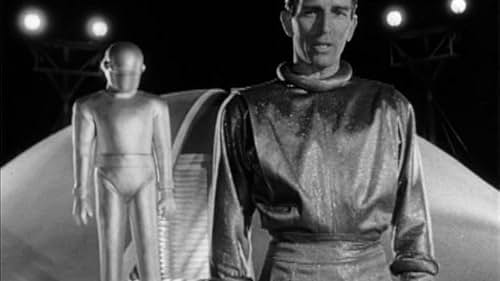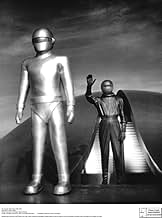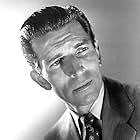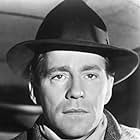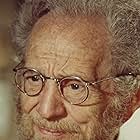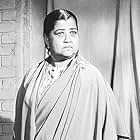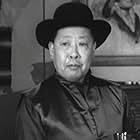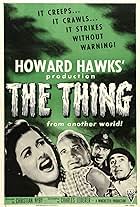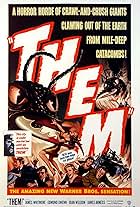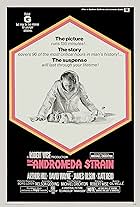An alien lands in Washington, D.C. and tells the people of Earth that they must live peacefully or be destroyed as a danger to other planets.An alien lands in Washington, D.C. and tells the people of Earth that they must live peacefully or be destroyed as a danger to other planets.An alien lands in Washington, D.C. and tells the people of Earth that they must live peacefully or be destroyed as a danger to other planets.
- Awards
- 3 wins & 1 nomination
Patrick Aherne
- General at Pentagon
- (uncredited)
Larry Arnold
- Scientific Delegate
- (uncredited)
Walter Bacon
- Sightseer at Spaceship
- (uncredited)
Rama Bai
- Scientific Delegate
- (uncredited)
Oscar Blank
- Peddler
- (uncredited)
Marshall Bradford
- Chief of Staff
- (uncredited)
Chet Brandenburg
- Farmer
- (uncredited)
John Brown
- George Barley
- (uncredited)
John Burton
- British Radio Announcer
- (uncredited)
Wheaton Chambers
- Mr. Bleeker
- (uncredited)
Spencer Chan
- Scientific Delegate
- (uncredited)
- Director
- Writers
- All cast & crew
- Production, box office & more at IMDbPro
Storyline
Did you know
- TriviaLock Martin, the doorman at Grauman's Chinese Theater, was cast because of his nearly seven-foot height; however, he was not a physically strong man and could not actually carry Patricia Neal, so he had to be aided by wires (in shots from the back where he's carrying her (actually a lightweight dummy in his arms). He also had difficulty with the heavy Gort suit and could only stay in it for about a half hour at a time.
- GoofsKlaatu arranges to have the electromagnetic fields neutralized from 12.00 pm to 12:30 pm EST, yet it is clearly broad daylight in every country in which people are struggling with inoperative devices. In Asia and the Middle East, it should've been nightfall during this time frame.
- Crazy creditsElmer Davis, H.V. Kaltenborn, and Drew Pearson identify themselves when they appear on screen. Radio personality Gabriel Heatter is identified by an announcer.
- ConnectionsEdited into The Giant Claw (1957)
Featured review
It's not unfair initially to dismiss "The Day the Earth Stood Still" as sci-fi pulp from an era full of it, but the film's anti-war message given the Cold War context it was released in makes it nothing short of a classic. Its commercial exterior featuring posters with Gort the space robot pales in comparison to the social/diplomatic values it preaches at its core. Sure, it's not all that suspenseful or riveting for science-fiction, but it represents one of the first pop culture films to reflect important moral values.
Borrowing from the lucrative UFO alien movies before it, TDTESS begins with a flying saucer landing in the Washington mall and producing an alien with a human appearance named Klaatu (Michael Rennie) and his robot protector Gort, a goofy-looking man in a shiny suit with the ability to disintegrate anything with a beam from his eye. For starters, Klaatu is greeted by military bullets that destroy a gift he intended for the president that would give us the ability to study life on other planets. That's the example of the strict satirical tone taken by writer Edmund H. North (based on the short story by Harry Bates).
Despite humorous special effects and the cheesy running and screaming you see in pulp alien invasion movies, TDTESS manages to expose many of our flaws including our fear of the unknown and our propensity to resort to violence. It warns of the dangers of nuclear energy and outwardly scorns war. In the beginning years of the Cold War, such a message getting out to the public is an accomplishment that must be lauded.
TDTESS isn't only good for its messages, though it certainly is what makes the film stand out. Rennie is a terrific Klaatu. He's intriguing, friendly but also very frank, winning our sympathies but still convincing us of his other-worldly nature. The relationship he develops with the young Bobby Benson (Billy Gray) is the film's most interesting subplot next to Klaatu helping a scientist out with an equation that will lead to interplanetary travel.
Rarely does a film become a classic solely because of its message, but TDTESS certainly does. It's so frank, but speaks such an undeniable truth that in the form of cheaply made science- fiction, resonates in a way that straighter films can't. That's the beauty of the genre and why TDTESS is its first classic. ~Steven C
Visit my site at http://moviemusereviews.blogspot.com
Borrowing from the lucrative UFO alien movies before it, TDTESS begins with a flying saucer landing in the Washington mall and producing an alien with a human appearance named Klaatu (Michael Rennie) and his robot protector Gort, a goofy-looking man in a shiny suit with the ability to disintegrate anything with a beam from his eye. For starters, Klaatu is greeted by military bullets that destroy a gift he intended for the president that would give us the ability to study life on other planets. That's the example of the strict satirical tone taken by writer Edmund H. North (based on the short story by Harry Bates).
Despite humorous special effects and the cheesy running and screaming you see in pulp alien invasion movies, TDTESS manages to expose many of our flaws including our fear of the unknown and our propensity to resort to violence. It warns of the dangers of nuclear energy and outwardly scorns war. In the beginning years of the Cold War, such a message getting out to the public is an accomplishment that must be lauded.
TDTESS isn't only good for its messages, though it certainly is what makes the film stand out. Rennie is a terrific Klaatu. He's intriguing, friendly but also very frank, winning our sympathies but still convincing us of his other-worldly nature. The relationship he develops with the young Bobby Benson (Billy Gray) is the film's most interesting subplot next to Klaatu helping a scientist out with an equation that will lead to interplanetary travel.
Rarely does a film become a classic solely because of its message, but TDTESS certainly does. It's so frank, but speaks such an undeniable truth that in the form of cheaply made science- fiction, resonates in a way that straighter films can't. That's the beauty of the genre and why TDTESS is its first classic. ~Steven C
Visit my site at http://moviemusereviews.blogspot.com
- Movie_Muse_Reviews
- Sep 6, 2009
- Permalink
Details
- Release date
- Country of origin
- Languages
- Also known as
- Farewell to the Master
- Filming locations
- The Ellipse, National Mall, Washington, District of Columbia, USA(landing of the flying suacer on the oval)
- Production company
- See more company credits at IMDbPro
Box office
- Budget
- $1,200,000 (estimated)
- Gross worldwide
- $651
- Runtime1 hour 32 minutes
- Color
- Aspect ratio
- 1.37 : 1
Contribute to this page
Suggest an edit or add missing content


